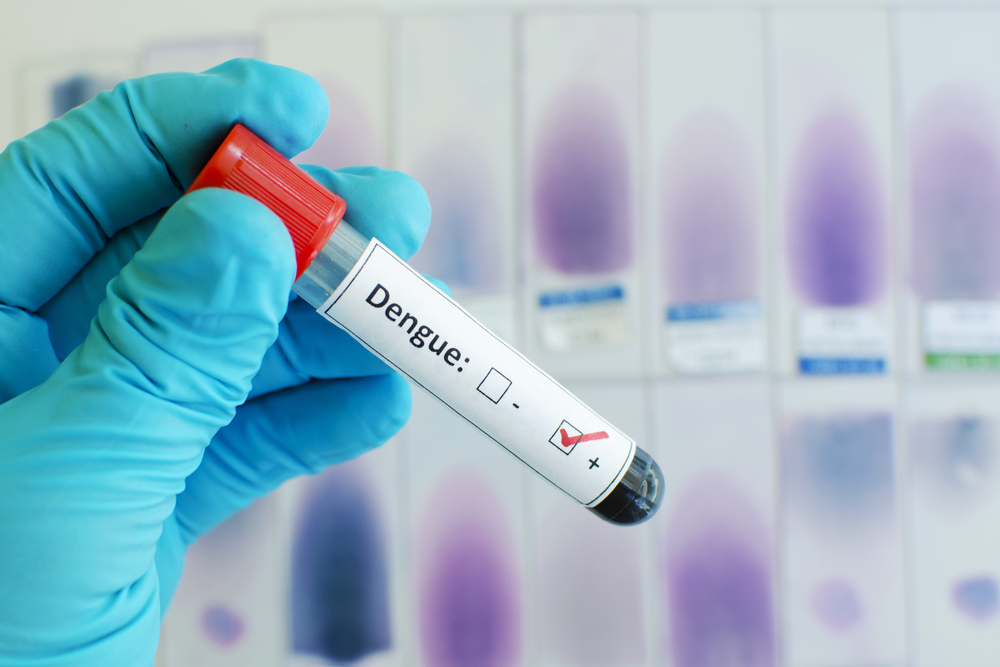Commonly shared by low-income populations of Africa, Asia and the Americas, neglected tropical diseases (NTD) is a group of tropical diseases. It is usually caused by viruses, bacteria, protozoa and parasitic worms (helminths), in which they are a variety of pathogens. This kind of disease has less treatment and less funding than other well-known and deadlier diseases, such as HIV/AIDS, tuberculosis, and malaria, which are common in those countries with low-income populations).
The negligence results in the NTD being classified as deadly as other major illnesses due to its devastating effect on those populations, and the fact is, it is more lethal when combined with those said major illnesses. Add in the situation wherein the treatment for NTD is expensive for such low-income populations that they cannot simply afford the said treatment, which results in the disease spreading more instead of being cured and prevented.


